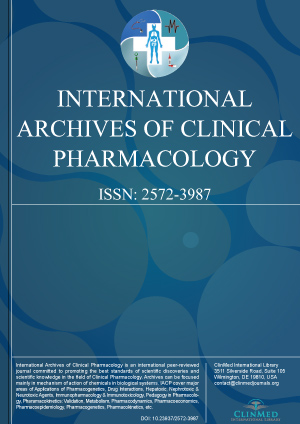Archive
Open Access DOI:10.23937/2572-3987.1510003
A Review: Are All Inhaled Fibres, Such as Asbestos, Toxic?
Sumayah Abdul-Jabbar and Luigi G Martini
Article Type: Review Article | First Published: August 05, 2015
Exposure to asbestos is well known to have a causal relationship with the development of lung cancer. In order to understand the mechanism of this toxicity an extensive review was undertaken. Findings were able to show that the morphology of the asbestos (which is fibrous) has a marked correlation with its toxicity. It is this morphology that mutually contributes to enhanced aerodynamic properties making asbestos ideal for deposition in the lungs as well as giving it mutagenic properties. Theref...
Article Formats
- Full Article
Open Access DOI:10.23937/2572-3987.1510002
Joao Pedro Aguiar, Filipa Alves da Costa and Patricia Cavaco Silva
Article Type: Research Article | First Published: July 28, 2015
Objectives: To characterize the pattern of indication of antibiotic regimens for CA-UTI; to evaluate the adequacy of antibiotic empirical therapy in CA-UTI and the resistance profile of the bacterial isolates. Methods: An observational study was conducted, where the prevalence and resistance profiles of the microorganisms involved and the pattern of antibiotic indication were investigated through a cross-sectional approach. Patients presenting with UTI symptomatology and antibiotic indication we...
Article Formats
- Full Article
Open Access DOI:10.23937/2572-3987.1510001
Amitriptyline Therapy in Chronic Pain
Min Su, Liang Liang and Shengyuan Yu
Article Type: Review Article | First Published: June 26, 2015
Rodent evidence has confirmed the analgesic effect of tricyclic antidepressants in the treatment of chronic pain, which amitriptyline is rigorously verified. The analgesic effect of amitriptyline, whose mechanisms are complex and unclear, is different from its antidepressant effect. This article reviewed the mechanisms behind amitriptyline's analgesic properties to further understanding of this drug. Additionally, this article reviewed the clinical evidence of the effectiveness of amitriptyline ...
Article Formats
- Full Article

Volume 1
Issue 1
Issue 1
